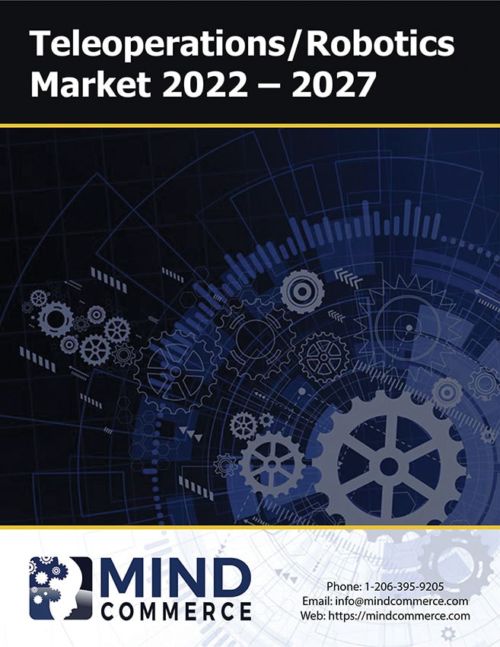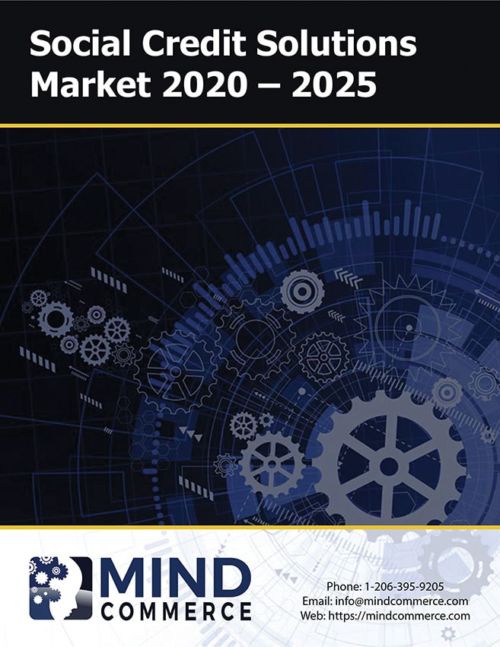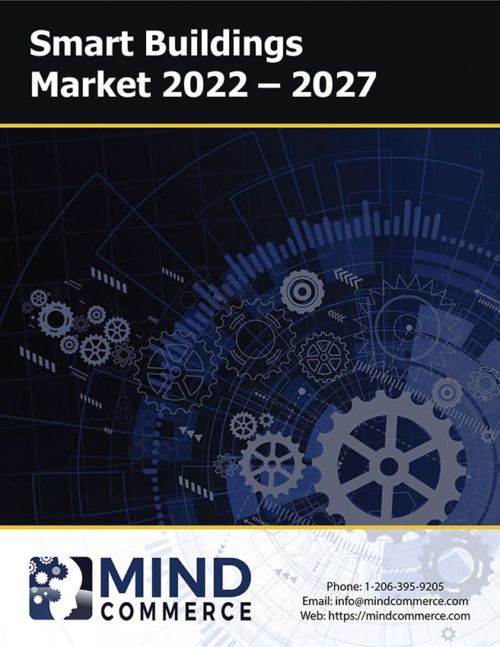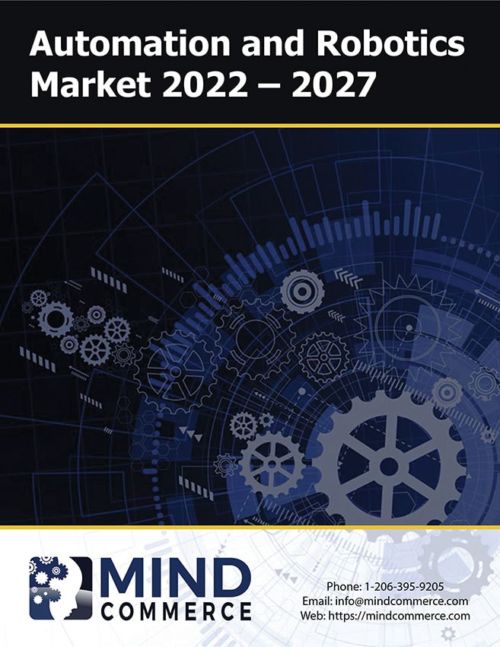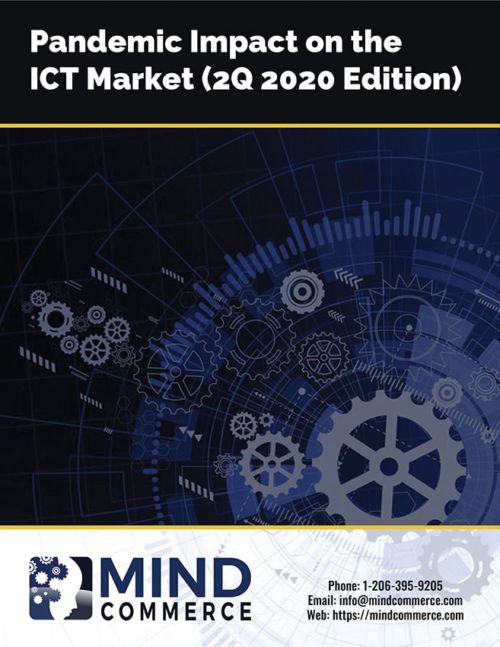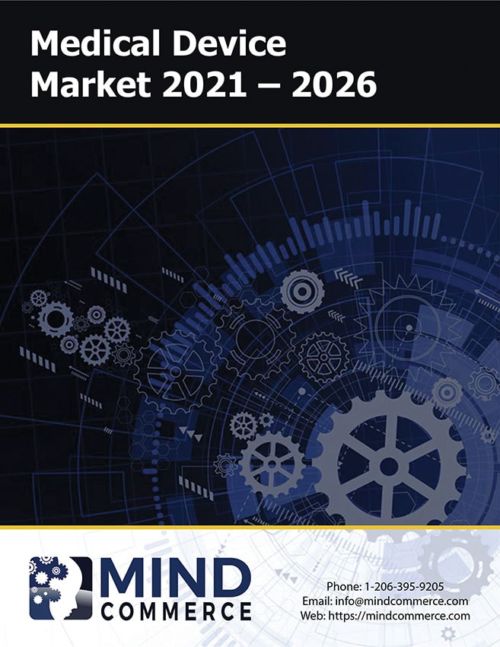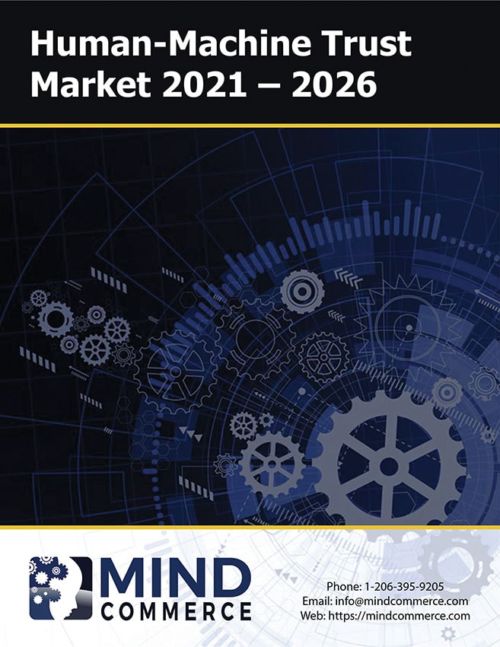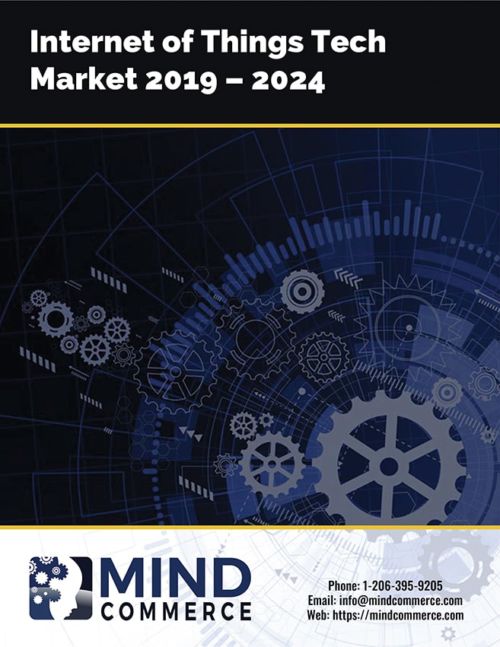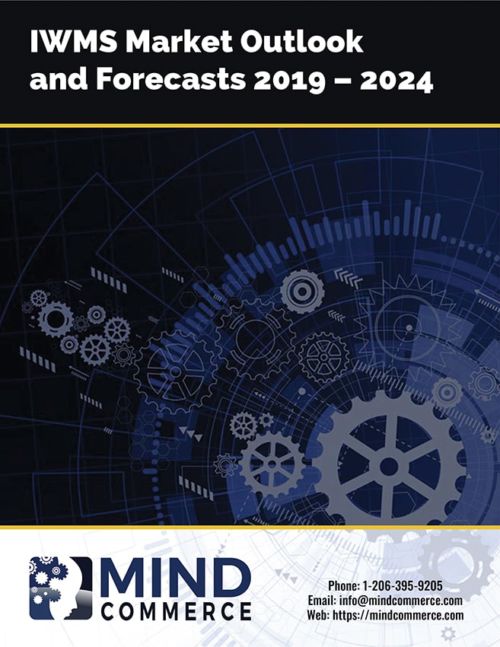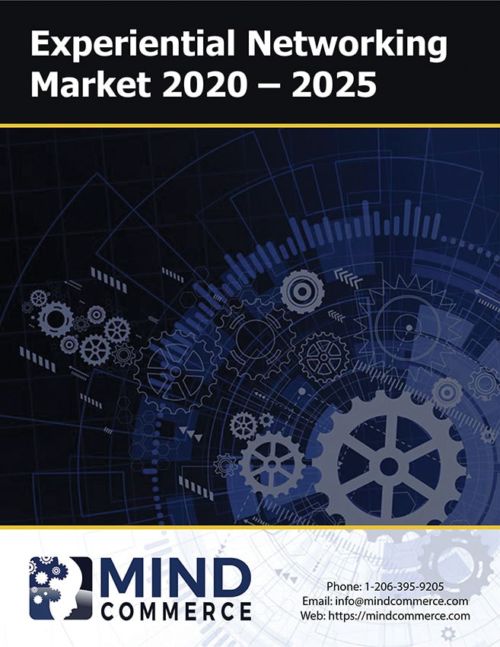
Automation & Robotics Information and Reports
Robotics may be characterized by three distinct generations of development. First generation robots were involved with automation, performing simple repeated tasks. Second generation robots include high-end military robots, R&D robots, low-priced cleaning robots, and entertainment oriented bots. Third generation robots include humanoid-like machines that understand natural languages and people’s behavior leading to evolution of autonomous robots.
Coincident with this third stage of robotics development, automation is moving beyond the traditional realm of manufacturing to many different enterprise verticals. Both physical robots and logical bots are finding their way into many enterprise applications as well as consumer products and services ranging from entertainment to security. Read More…
Automation and Robotics Market Outlook
 The two primary segments for robotics are industrial and non-industrial industry verticals.
The two primary segments for robotics are industrial and non-industrial industry verticals.
Historically closely associated with a manufacturing environment, robots are moving beyond the realm of traditional use cases, such as assembling of parts in the automobile industry, and becoming widely used in military, healthcare, retail, construction, and other industries.
Robotics is increasingly becoming more mainstream and seen in many aspects of daily life in non-industrial markets such as autonomous vehicles, consumer robots, and unmanned aerial vehicles.
While industrial robots play a major role in factory automation, non-industrial robots find use in agriculture, construction, logistics, telepresence, and customer service. These are application markets where significant growth is expected.
Mind Commerce expects robots to become more ubiquitous, delivering efficiencies to services that were previously inconceivable. For example, cloud robotics will tremendously expand user access through robotics as a service.
Leveraging Machine to Machine communications and the Internet of Things (IoT) will enable robotics to seamlessly communicate with a wide variety of devices and applications, which will enable greater utility and learning through exchange of information with different robotic systems.
Next Generation Robotics in Manufacturing
Robotics in contemporary manufacturing have largely been purpose-specific and contained within cages for security and safety. Next generation robots are often times mobile (cage free) and many are collaborative with humans (e.g. cobots). Legacy robots function to replace the workforce to perform repetitive work such as assembly processes. While these types of robots continue to have a purpose, cobots are used in situations that require greater flexibility and finesse enabled through collaboration with a human operator.
 Next generation smart factors and other industrial verticals are also looking towards operating robots that are both automated and learning machines. Autonomous robots use various aspects of AI to gain information from the environment and perform tasks for longer period of times without human intervention. These smart bots automatically learn from the environment and adjust methods of task completion with changing scenarios.
Next generation smart factors and other industrial verticals are also looking towards operating robots that are both automated and learning machines. Autonomous robots use various aspects of AI to gain information from the environment and perform tasks for longer period of times without human intervention. These smart bots automatically learn from the environment and adjust methods of task completion with changing scenarios.
Broadband and Robotics
 Use cases are developing that will benefit from ultra-fast and low latency network access. 5G will create a better future ecosystem enabling low latency and ultra-fast connectivity standards. It will also enable more compelling applications and business models involving robotics and industrial IoT.
Use cases are developing that will benefit from ultra-fast and low latency network access. 5G will create a better future ecosystem enabling low latency and ultra-fast connectivity standards. It will also enable more compelling applications and business models involving robotics and industrial IoT.
One of the industries anticipated to benefit from the flexibility and mobility afforded by 5G enabled wireless robots is Manufacturing, especially pertaining to optimizing logistics and moving materials between work cells or warehouses to meet time to production requirements.
In addition, 5G enabled mobile robots will be well-suited to perform varieties of tasks continuously in rugged environments in which human beings have substantial access and/or survivability limitations.
The robotics report, 5G and Robotics: Emerging Technologies, Solutions, Market Outlook and Forecasts, evaluates the technologies, solutions, market outlook and business opportunities associated with mobile robotics enabled with high-speed, low-latency wireless networks.
Cloud Robotics
The cloud business model, centered on the “as a service” paradigm will transform robotics, allowing robotics as a service to become a widely available service option as opposed to purchasing a robot as a product. In particular, Mind Commerce sees the combination of robotics, teleoperation, and cloud technologies transforming enterprise operations in a manner in which robotics on demand is a viable business model.
This will apply to both purpose-built and general purpose robotics. However, the latter segment is potentially much more interesting to the retail market to facilitate consumer spending of discretionary funds on a wide variety of services performed by a robot in an on-demand basis.
Mind Commerce research addresses many new robotics business models arising as a result of cloud computing and other disintermediating technologies such as 5G, AI, and virtual twinning. An example robotics report covering the cloud robotics ecosystem, players, technologies and solutions is Cloud Robotics: Technologies, Leading Companies, Solutions, Market Outlook, and Forecasts.
Robots in the Air: UAV and Drones
 Already making a big impact in areas such as parcel dispatch, aerial robotics in logistics and goods delivery will benefit from both improvements in technologies as well as deregulation for equipment operation such as Unmanned Aerial Vehicles (UAV).
Already making a big impact in areas such as parcel dispatch, aerial robotics in logistics and goods delivery will benefit from both improvements in technologies as well as deregulation for equipment operation such as Unmanned Aerial Vehicles (UAV).
The economic impact of commercial UAV goes well beyond equipment and servicing related to the vehicles and systems themselves. Commercial drones will bring revolution to the entire product/service ecosystem including manufacturing processes, production planning, sales, distribution, inspection and other functions for virtually every industry vertical.
Mind Commerce robotics reports that address UAS, UAV, and aerial drones include:
- Unmanned Aircraft and Systems (UAS) Marketplace
- Aerial Drones in Industry and Defense: Market Outlook and Forecasts for UAV
Artificial Intelligence in Robotics
The next decade will see a heavy influence of Artificial Intelligence (AI) upon robotics. The next generation of robotics will include many pre-integrated AI technologies such as machine vision, voice and speech recognition, tactile sensors, and gesture controls.
AI has enabled consumer robots to learn while performing a variety of tasks including cleaning, controlling home appliances, reading, performing butler services, and many more. It is anticipated that further improvement in AI and related technologies such as cognitive computing and sensor fusion, will enable consumer robots to take on increasingly more difficult tasks.

The degree to which AI capabilities in robotics optimize operational efficiency and effectiveness will largely depend on contextual capabilities of connected devices. This means that the relationship of IoT to AI and robotics will be much intertwined. AI helps robots learn and become more effective, but both technologies depend on IoT networks for sharing information among devices and applications.
Mind Commerce robotics reports that address AI integration include:
- Personal Artificial Intelligence and Robotics Market Outlook and Forecasts
- Artificial Intelligence and Robotics in Consumer, Enterprise, and Industrial Markets
AI and Robotics in Business Automation
In terms of business automation, AI and mechanization is introduced into consumer devices in the form of Virtual Personal Assistants (VPA) as a means of providing entertainment and information for consumers while simultaneously automating enterprise operations such as Amazon’s online retail store.
 In the robotics report, Virtual Personal Assistants (VPA): The Market for AI, Smart Advisors, and Intelligent Agents, Mind Commerce assesses the impact of next generation devices and user interfaces as well as voice controlled, AI enabled digital personal assistant technology and solutions.
In the robotics report, Virtual Personal Assistants (VPA): The Market for AI, Smart Advisors, and Intelligent Agents, Mind Commerce assesses the impact of next generation devices and user interfaces as well as voice controlled, AI enabled digital personal assistant technology and solutions.
In the robotics report Chatbots and Artificial Intelligence: Market Assessment, Application Analysis, and Forecasts, Mind Commerce assesses the integration of AI into chatbot devices and systems to improve business automation and consumer lifestyle enhancement.
Additional Mind Commerce robotic reports that address business automation include:
- Robotics in Industrial, Enterprise, Military, and Consumer Products, Services, and Solutions
- Robotics and Enterprise Automation: Market Analysis and Forecasts in United States by Application and Sector



